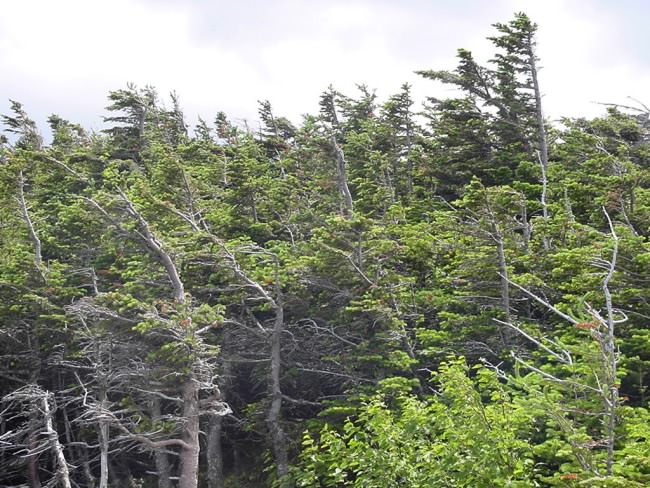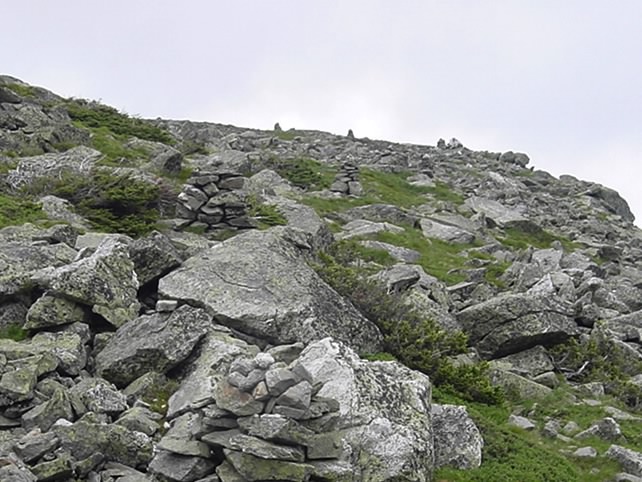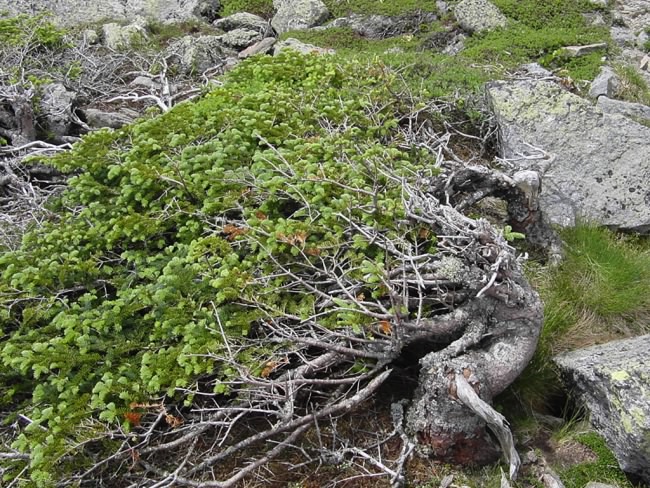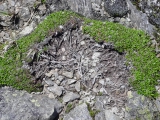 |
|
|
|
|
|
|
Mountain climate Wind is an important factor in many alpine environments, yet there
are pronounced local and seasonal differences. |
|
Why is wind important? Besides the physiological effects on the plants due to desiccation and frost damage, there are different wind disturbance effects. The wind regime in alpine regions is often characterised by a high frequency of strong winds or by occasional storms of extreme force. Furthermore, particular environmental conditions may enhance the physical disturbance caused by the wind, e.g. very dry air or the presence of loose snow, ice or substrate particles. |
|
When the wind is strong, it can carry sand and snow particles,
and thus has a considerable abrasive effect on the ground as well as on
plants. In very windy sites, plant growth is very poor on the upwind side, leading to characteristic
wind-swept growth forms of trees and bushes (falciform growth). |
1 - Falciform growth (175K) |
|
In very windy environments, the different effects of wind
allow only very sparse vegetation cover. |
 2 2
 3 3
 4 4
|
|
2) Trees with flaglike growth form near the treeline, 1300 m, Mt. Washington, NH (132K) |
29 August 2011 |
||
| |
||
